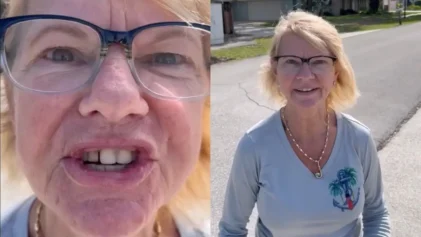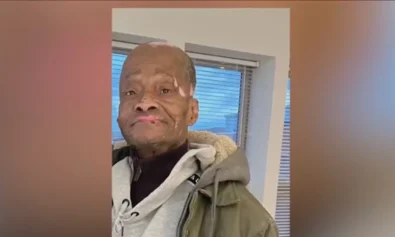
stock photo
Residents of a St. Louis neighborhood will be able to quickly report suspicious activity with the aid of a new smartphone app.
The app, commonly known as “Uber for cops,” allows residents to take photos and send directly to police, informing police of the senders’ location in the process.
“Little problems, if they get reported, and there’s some action taken by the police department, they don’t blossom into big problems,” Jim Whyte, head of the Central West End Neighborhood Security Initiative, told the St. Louis Post-Dispatch.
Whyte said the app would work well with the neighborhood’s “transitional population” — made up mostly of exchange students and visitors from the Washington University Medical School and Barnes-Jewish Hospital.
Whyte hoped the app would motivate residents who may be timid due to immigration status to speak out about petty crimes.
The mobile application was developed by successful New Orleans real estate developer Sidney Torres to combat high rates of nonviolent crime in the city. Torres partnered with a former aerospace engineer to design the app after his own home was burglarized.
The French Quarter Task Force app was launched in spring 2015.
The app was deemed a success, as New Orleans saw an almost 15 percent decrease in all crimes and a near 36 percent reduction in violent crimes from the previous year, according to police officials.
“It allows for the community to have really big input and participate in fighting crime,” Torres told the Dispatch.
Whyte reached out to Torres after hearing a news story about the technology and the wealthy developer flew to St. Louis for an in-person presentation shortly after.
The Security Initiative plans to test the app this summer before committing to the $1,200 yearly administration fee and estimated $25,000 overall in setup costs.
A spokeswoman for St. Louis police said the department was aware, though not involved in the scheduled trial run.
“If we have a persistent problem with a particular person or a particular location, if we’re getting 10 people calling instead of one, that problem will get more attention,” Whyte said. “And over time, I think that problem will be eliminated.”
Studies show Black people are disproportionately labeled as “suspicious” when engaging in routine activities. Similar surveillance services across the country have further exposed the racial biases of people reporting suspicious activity.
In Washington, D.C., the Georgetown Business Improvement District and police teamed up to introduce “Operation GroupMe” “real-time mobile-based group-messaging app that connects Georgetown businesses, police officers and community members.”
An internal investigation of all messaging from January to October of 2015 found that almost 70 percent of reported individuals were Black.
The area has a Black population of 800 — just 3.7 percent of the 20,464 residents, according to the 2010 Census.
“We were looking for ways to share information as quickly as possible,” John Wiebenson, a Georgetown Business Improvement District official told the Washington Post.
Georgetown sociology professor Leslie Hinkson, who studies race and inequality, told the Post her review of the messages felt like a sociology experiment. The group’s unique culture and use of coded language stood out, in particular.
“We should be honest here,” Hinkson said. “Crime does occur in Georgetown. And quite often when people describe the perpetrators of those crimes, they’re usually young men of color. But that doesn’t mean every person of color is an automatic suspect.”
Wiebenson was aware of the widespread criticism but maintained the GroupMe app was a “valuable tool” in shoplifting prevention.


